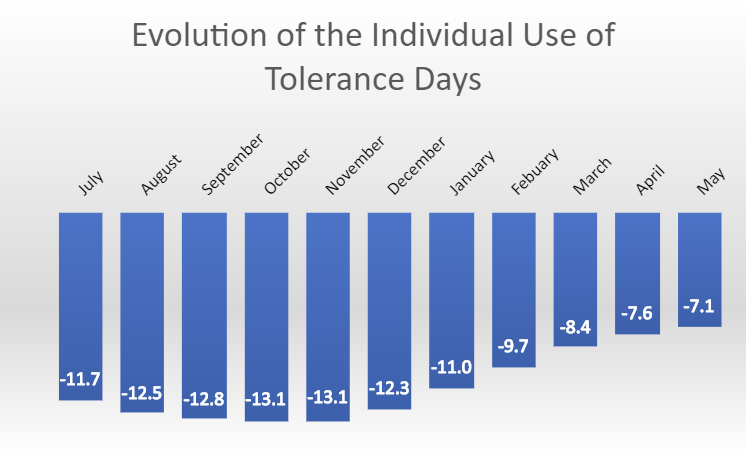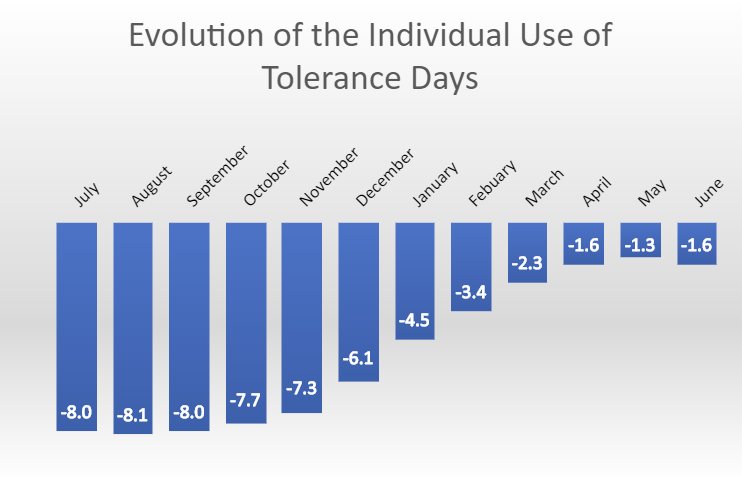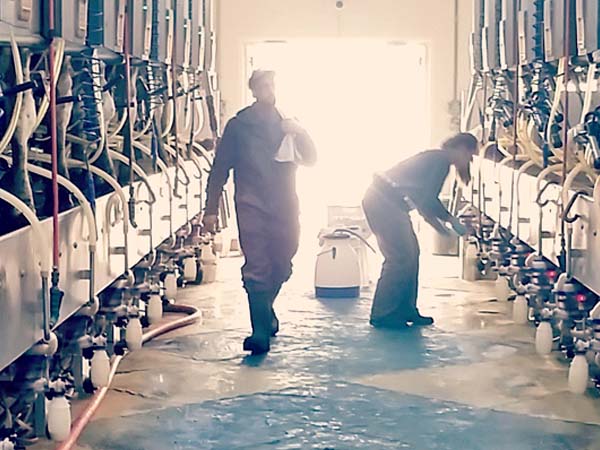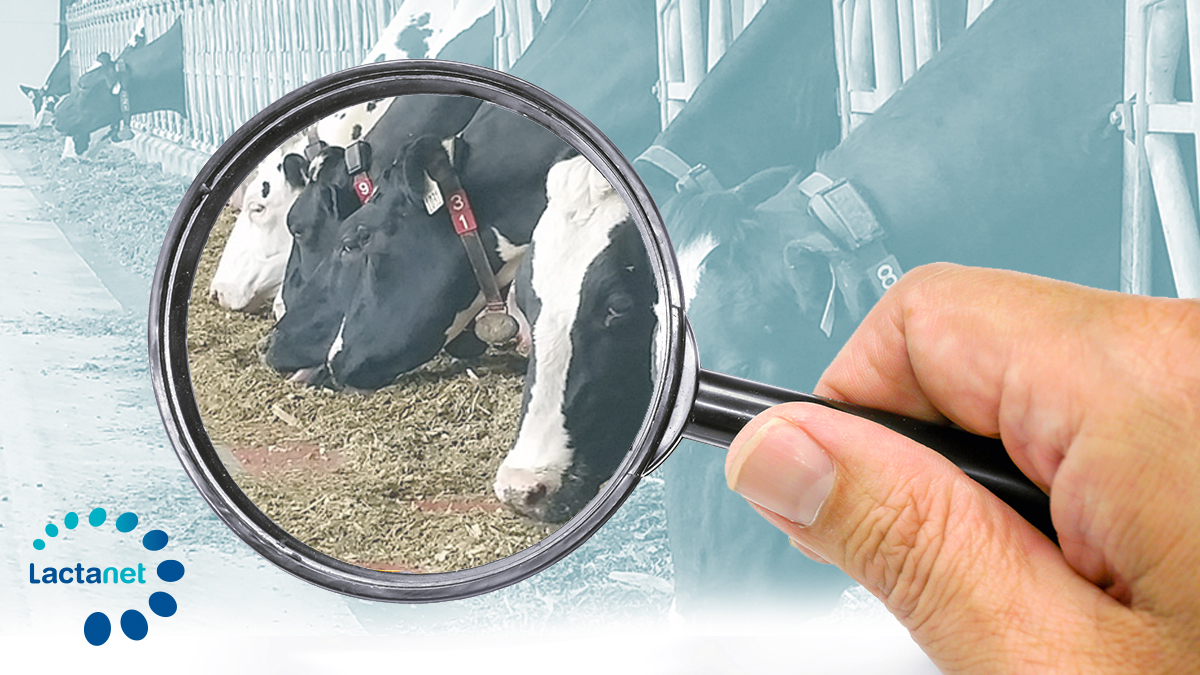Fifteen Days: Take Them or Leave Them
- July 23, 2021
For the P5 producers, the negative tolerance days should be seen as an opportunity to recuperate the kilos of fat from those days. It is a little like the incentive days in the fall that we get almost every year, except this one is available only once for the period up to July 31st, 2022*.
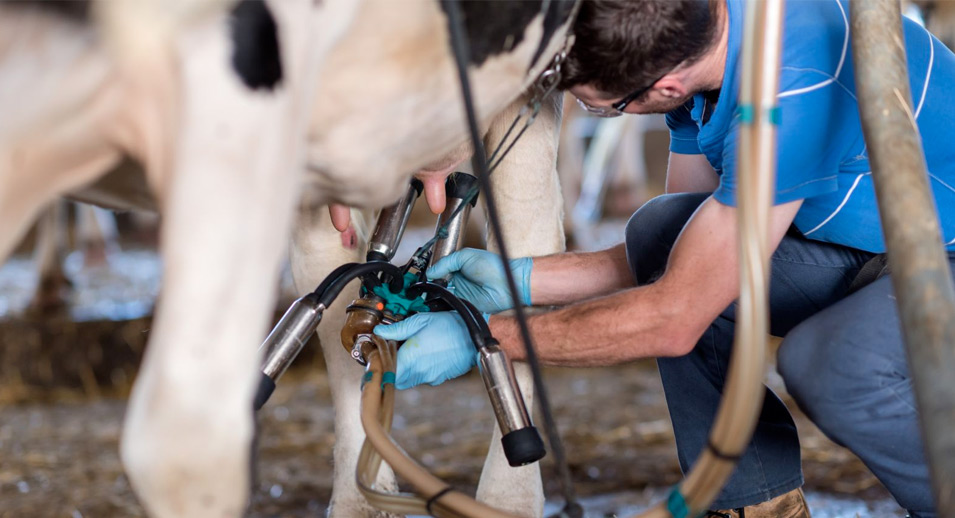
The beginning of August often brings with it the application of new dairy production standards or regulations, and this year will be no exception. On August 1st, 2022 the Producteurs de lait du Québec (Quebec Dairy Farmers) will reduce the maximum negative tolerance from 30 to 15 days. No need to panic, this does not affect the price of milk. If a producer earns revenues of $60,000 for July 2022, they will earn the same income in August 2022 given that they produce the same quantity of milk, with the same milk components and there has been no variation in the price of milk between the two months.
The following chart shows us that in 2020 in Quebec, the use of tolerance days increased slightly over the course of the summer. Between November 2020 and May 2021, the use of tolerance days decreased by almost 50%. During this last period, the number of producers in the unrecovered unproduction zone also decreased by the same proportion, from 997 to 570. There has been some recuperation in recent months, but there are, no doubt, still many producers in the unrecovered unproduction zone and also in the – 30 to -15 day negative tolerance zone.
FIGURE 1. RECENT EVOLUTION OF TOLERANCE DAYS (QUEBEC)
Take Time to Think
An essential step before deciding on the feasibility for your company, is taking some time to really think about it. Some short-term actions will only bear fruit in the following year. The first thing to consider should be milk production planning. Planning will give you an idea of expected production over the next 12 months and provide a clearer picture of what to expect in the spring and summer of 2022. Although not 100% precise, looking ahead the next 6 to 12 month period can be very helpful with decision making.
The next thing to consider is any limiting factors that you may have on your farm:
- Are all available stalls presently being used by cows in milk? How many will be available for additional cows?
- Is your forage inventory limited so you cannot feed additional animals?
- Do you have enough heifers for your current replacement rate, do you have extra?
- Are you already working a maximum number of hours possible?
How much will it pay?
Although there are more precise methods, using the provincial averages from the most recent Progress Report (2020) will give you a rough idea.
Take, for example, a farm with a quota of 100 kg day and a fat test of 4.20 kg / hl.
The average price of milk for Holsteins was $18.20/kg of fat and the average margin over feed cost was $12.31 / kg of fat. Recuperation of the 15 negative tolerance days represents 1,500 kg of fat. The economic impact is:
Milk value: 1,500 kg of fat x $18.20/kg of fat = $27,300
Margin over feed cost: 1,500 kg of fat x $12.31/kg of fat = $18,465
What can I do in the short term?
The actions that you will need to carry out for the next 2-3 months fall into two groups. The first group being what needs to be done right away that will have an impact next year. The other group is what you will need to do in order to maintain control of the current gains during the hot season.
A) Immediate actions that will have an impact next year
- Make forage quality a priority
You should not only aim for a good forage analysis, but also ensure that cut length and preservation are optimal. This is essential if you want to push the cows to produce a little more without it being too costly. - Monitor reproduction closely
For cows in production, even if summer is not necessarily the ideal period, avoid missing cows at all costs. The cow with a fertile breeding on July 20 will calve at the end of April and that will leave 3 months to catch up. Consult your veterinarian for help. The same goes for the heifers. Your key tool is a heifer measuring tape. Breed those over 400 kg. We are often surprised at the number of heifers that have reached the target weight for breeding. - Consider purchasing cows
If your milk production planning clearly indicates an insufficient number of cows in the herd to bridge the gap, buying cows can be a solution. Do not forget the biosecurity protocol when purchasing animals.
B) Actions in the coming months
- Maintain gains and avoid tolerance day setbacks
In the article’s margin, you will find a summary of the key points to monitor. - Evaluate heat stress for your whole
Heat stress is probably one of the most important factors to consider, and we often forget to think about the dry cows. The impact of heat stress on dry cows can be seen throughout the subsequent lactation, amounting to losses of up to 1,375 kg. This is not only true for cows, but also heifers preparing for their first calving. For cows in milk, on hot days you can expect a drop in production of 20 to 35% and a drop in fat test of 0.03 to 0.07 kg/hl. - Clean stalls more frequently
Increased temperatures often mean cows that urinate more frequently and cows and bedding that get dirty more quickly. This heightens the possibility of increased cases of subclinical and clinical mastitis, and the resulting increases in somatic cell count in the milk. An increase of 100 on the herd SCC average means average production losses of 1,040 kg per month for an 80-cow herd. Just one case of mastitis generally results in 115 kg of milk that is not produced. - Ensure proper management of foot baths and stringent lameness detection all year round
Summer is also an intense period for field work. Foot bath management and lameness detection must be carried out regularly in order to avoid increased foot problems at the end of the summer. - Monitor Transition Cow Index
(available in Quebec and Atlantic provinces)
Transition is a critical period no matter what time of year, but this is especially the case in summer. Be alert to any decreases in transition cow index and adjust quickly. The Ketolab report can give you additional information about energy metabolism at the start of lactation.
Transition Cow Index: + 100 points TCI = 93 kg of milk
Aim for a minimum of + 500
It is never to late to start thinking about it…
Put your action plan in place right away. Although it will be difficult to reduce tolerance days during the period where there are extra days, it will still allow you to increase your milk revenue.
Ask your Lactanet** advisor for help. Keep an eye out for other suggestions in coming months.
*Some ideas described in this article apply only in Quebec, Ontario, and the Maritime Provinces. Note that the dates for the application of the new regulations and milk policies may differ from province to province. Please refer to your provincial association for more details.
** Advisory services are not yet available in all areas of Canada. For more details, please contact Lactanet customer service.



